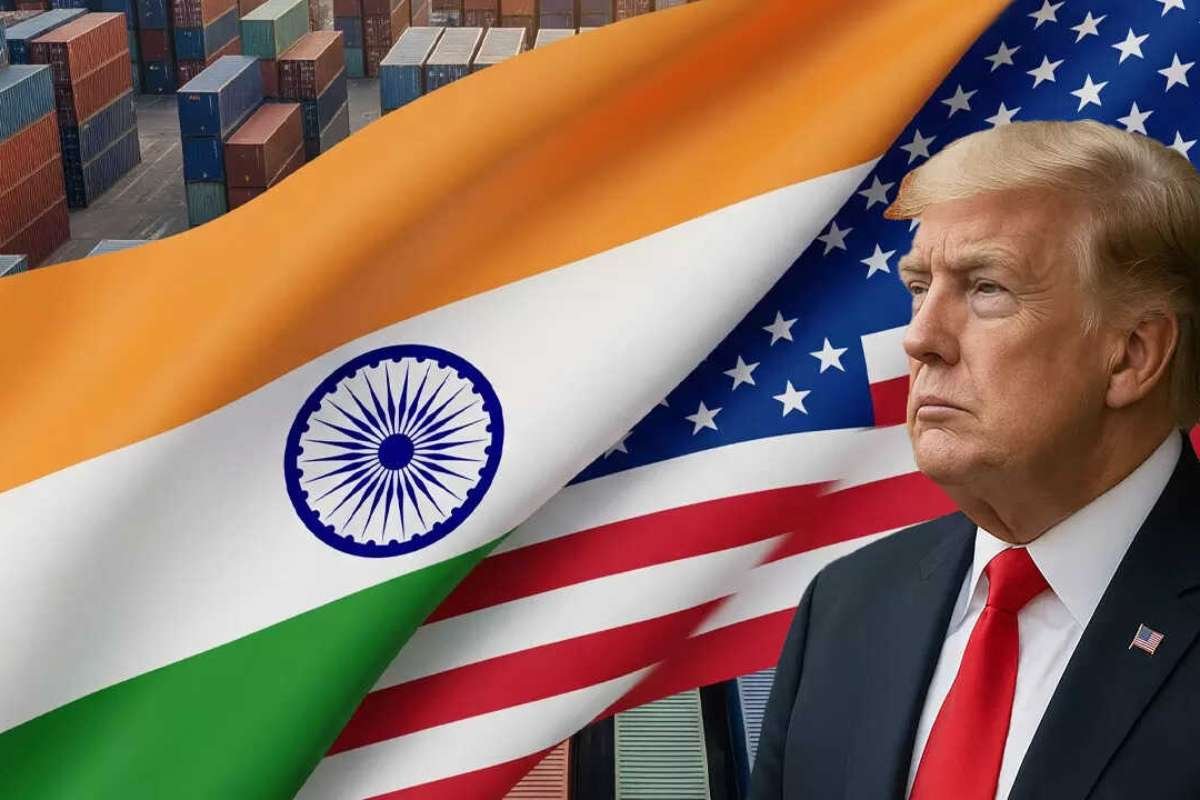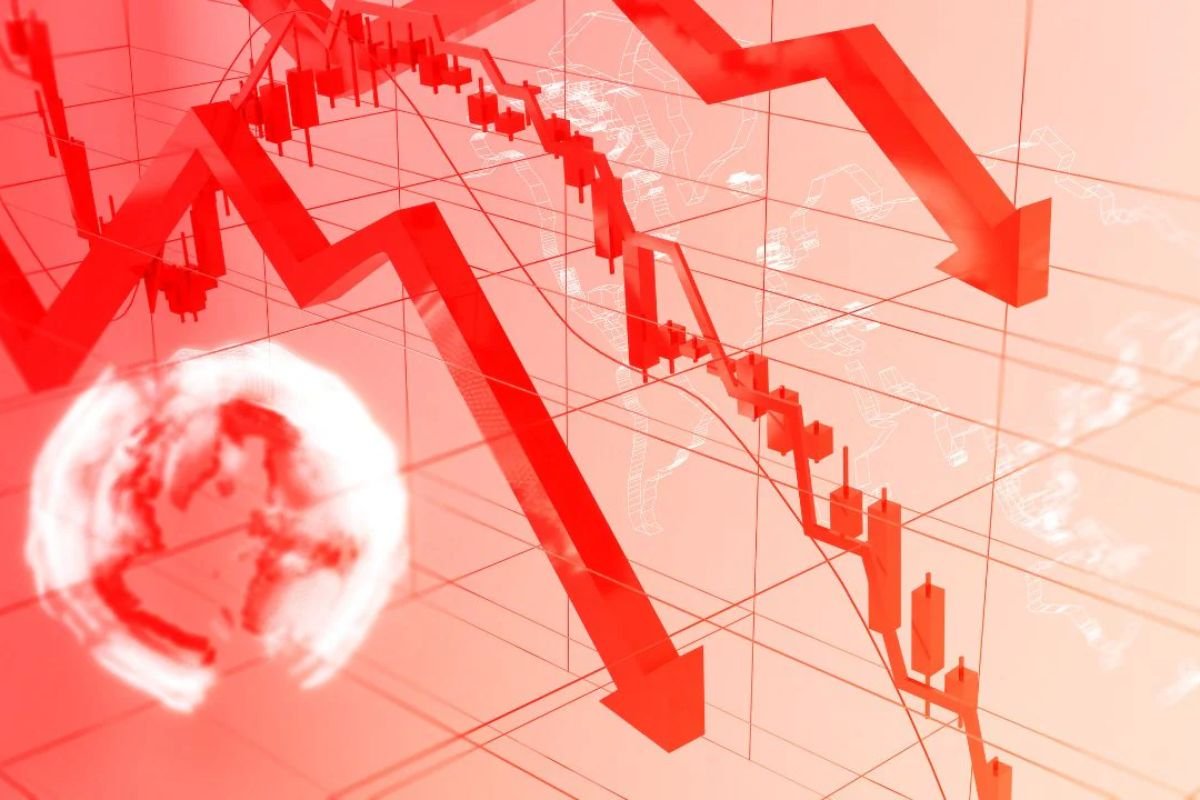In a move that rattled diplomatic circles, U.S. President Donald Trump on July 30, 2025, announced a 25% India US tariff on imports, citing persistent trade barriers and India’s continued military and energy ties with Russia. The decision, effective August 1, came without prior notice to Indian officials, some of whom learned about the announcement through media reports.
Trump also hinted at further punitive measures unless India curtails its Russian dealings, particularly in oil and defense. “We’re tired of countries talking trade while buying missiles from Moscow,” Trump said during a campaign-style event, warning that “penalties” for such actions are on the table.
Though the President later added that negotiations were still open—saying only, “We’ll see what happens”—the India US tariff a significant escalation in U.S.–India trade tensions and places India directly in the crosshairs of Washington’s broader campaign to isolate Russia economically.
India Holds Its Ground, Considers Calibrated Response
Caught off-guard but not off-balance, India has opted for strategic patience over immediate retaliation. According to senior government sources, New Delhi is weighing non-confrontational options to soothe tensions, including ramping up U.S. imports in key sectors like energy and electronics.
Meanwhile, defense deals such as the potential purchase of F-35 fighter jets are under review, with officials suggesting they could be paused or canceled if talks fail to progress. “We will not be coerced,” said Commerce Minister Piyush Goyal, in response to Trump’s labeling of India as a “dead economy.” He emphasized India’s resolve to stand firm on its strategic interests despite the India US tariff pressure.
Opposition leaders, including Congress MP Shashi Tharoor, suggested that Trump’s move may be more posturing than policy and that India still holds cards at the negotiating table. Formal trade talks are expected to resume in mid-August, with both sides targeting a broader agreement by the September–October window.
Global Ripple Effects and Strategic Stakes
The India US tariff move marks a broader shift in U.S. trade policy under Trump’s second term, where secondary sanctions and trade reprisals are being used to discourage global partners from maintaining Russian ties. Proposed legislation could escalate tariffs on countries trading with Russia to as high as 100% to 500%, targeting imports like crude oil and weapons systems.
For India, this puts massive economic and geopolitical stakes on the table. Multinational corporations—from Apple to Foxconn—have been ramping up operations in India, viewing it as a key alternative to China. But sudden trade shifts risk disrupting this momentum. Meanwhile, India’s broader energy needs, defense modernization plans, and global balancing act between the U.S. and Russia remain under tight scrutiny.
With Trump also eyeing the expiry of a U.S.–China tariff truce on August 12, India is navigating one of its most complex diplomatic challenges in recent years. The path forward amid the India US tariff tensions may require a careful blend of assertiveness and pragmatism—one that defends India’s autonomy while avoiding deeper confrontation with Washington.
Visit Business Viewpoint Magazine to read more.






